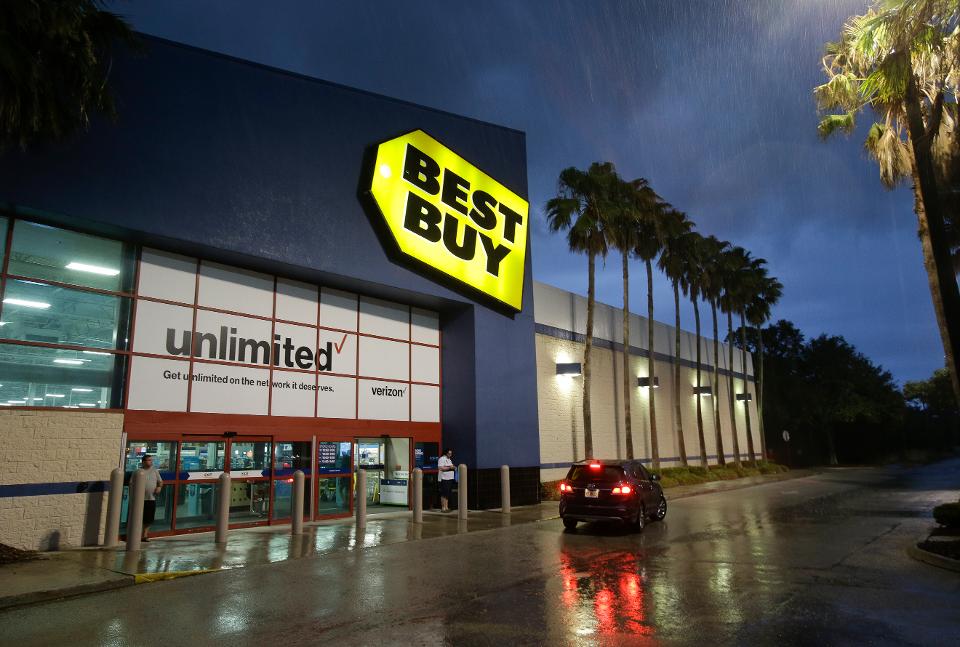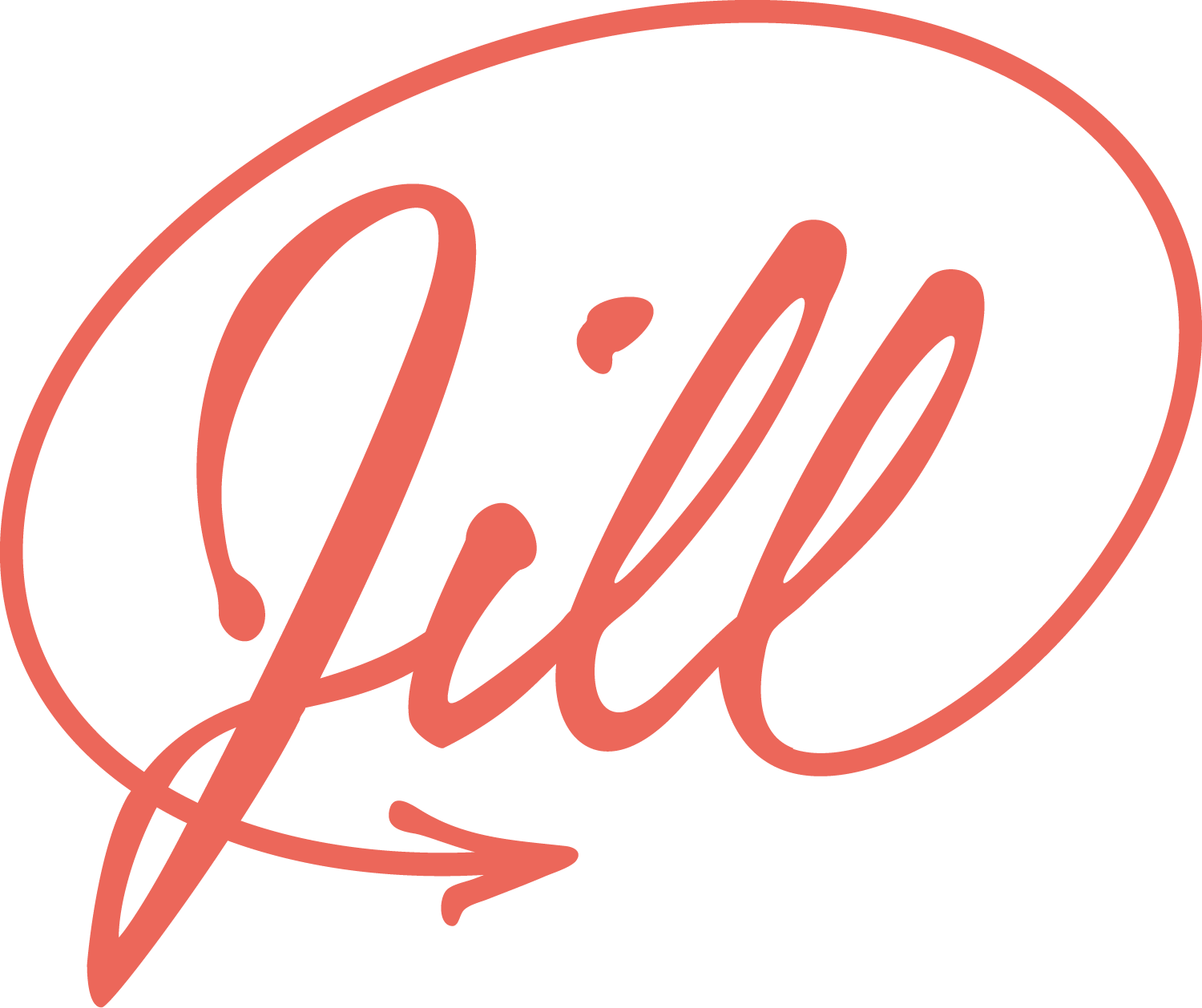
Best Buy’s Turnaround: You Can’t Make This Stuff Up!
I read a Bloomberg BusinessWeek article titled “Best Buy Is Back.” It tells how customers, employees and stockholders are being wowed by the new and improved version of the company.
So, the first chance I got I visited my closest Best Buy and I have to say that I was not disappointed.
Years ago, I popped in to this same store for a gadget, and the store seemed “tired”…..tired people, tired products, tired service. This time, the store was light and airy with a palpable energy. Customers were buzzing around and blue-shirted staffers were friendly and welcoming.
First, the back story: Best Buy officially announced the hiring of Hubert Joly as CEO August 2012. At the time, the company was in chaos. Sales were falling as was the stock price. The former CEO Brian Dunn had resigned surrounded by allegations of using company resources to carry on an affair with a female employee. Founder Richard Schulze, who knew of the misconduct but failed to report it to the board, stepped down as chairman, and then launched a hostile bid to reacquire the company.
Joly (a former CEO at travel and hospitality giant Carlson, and a 10-year veteran at McKinsey & Co.) masterfully courted Schulze and by February the founder gave up his takeover attempt and endorsed Joly’s “Renew Blue” Strategy.
By November, Joly added another big win: he recruited a happily retired Sharon McCollam to be Best Buy’s new CFO. (She had led a massive turnaround as CFO at Williams-Sonoma and when she departed their stock sank 6%.)
McCollam, who had visited scores of Best Buy stores before she said yes, jumped in with both feet and held nothing back. She got to work cutting under-performing stores, selling private jets, and cancelling trips to the World Economic Forum in Davos. Also, Super Bowl and NASCAR advertising was cancelled.
On Thanksgiving Day 2014, just two short years after she was hired, Best Buy executed a successful Black Friday sale that helped increase same-store-sales by 2.5%, the company’s highest increase in years and it happened in spite of the electronics industry experiencing a significant contraction at the time.
All in all, a magnificent turnaround. Are there lessons from Best Buy’s turnaround for other troubled organizations out there? You bet! Let’s take a look at some of what they did that created a new future for them and their stakeholders.
Recruit an “outsider” CEO.
Best Buy hired outsider Hubert Joly as its CEO in 2012, perplexing Wall Street given his background in hospitality, not retail. It was bleak times for the company. Employee morale was low given the former CEO scandal. The company’s systems were outdated and the CD and DVD products that once drew customers to stores were becoming obsolete. Perhaps the most troubling trend was “show-rooming” where customers were checking out new products in Best Buy stores, then buying online or at another retailer for less money.
But, Joly viewed his new organization with new eyes. He was not stuck on the old tried and true. He also understood the value of customer facing employees and how they can build or destroy customer engagement. An insider might not have seen all of this.
Create a safe place for ideas
Joly created a safe place for new and innovative ideas. For example, to address show-rooming and persuade customers to buy while they are still in the store, Joly announced a bold price-match guarantee explaining, “Until I match Amazon prices, the customers are ours to lose.”
Yes, price-matching costs Best Buy big bucks but it helped slow the company’s financial hemorrhage.
Engage with employees
In his first months on the job, Joly invested lots of time in the Best Buy stores surrounding its Minnesota headquarters. His mission? Ask rank-and-file employees directly about their frustrations and issues. He found that one big gripe was the internal search engine that returned bad data about what items were in stock. The search engine was soon fixed.
A much-loved employee discount was also restored along with an ambitious program to train employees on entirely new product categories such as virtual reality headsets and smart home appliances. Now, front-liners had the knowledge they needed to educate (and sell) customers. They were better prepared.
Showcase big tech brands
Best Buy struck deals with Samsung, Apple and Microsoft. Rather than crowding these brands next to each other on shelves, Best Buy invited these tech icons to set up their own “branded” kiosks. (Apple, for example, has the same understated, sleek wooden tables you see in an Apple store.)
Make house calls
Customers have always loved Best Buy’s Geek Squad who help install televisions and appliances in a customer’s home. But Best Buy discovered that customers often needed help before they bought. The solution? Free “in-home advisers” who park their white Priuses in front of a customer’s home rather than the driveway, where the car might block others.
Wearing blue, wrinkle-free Best Buy Polos with name tags visible, they are trained on how to deliver a professional handshake, and even offer to take off their shoes when entering a home.
This is just a sampling of the carefully choreographed (five week) in-home service training program led by Best Buy sales veteran Brian Bucknell. Suffice it to say an army of Best Buy in-home agents is now being built.



